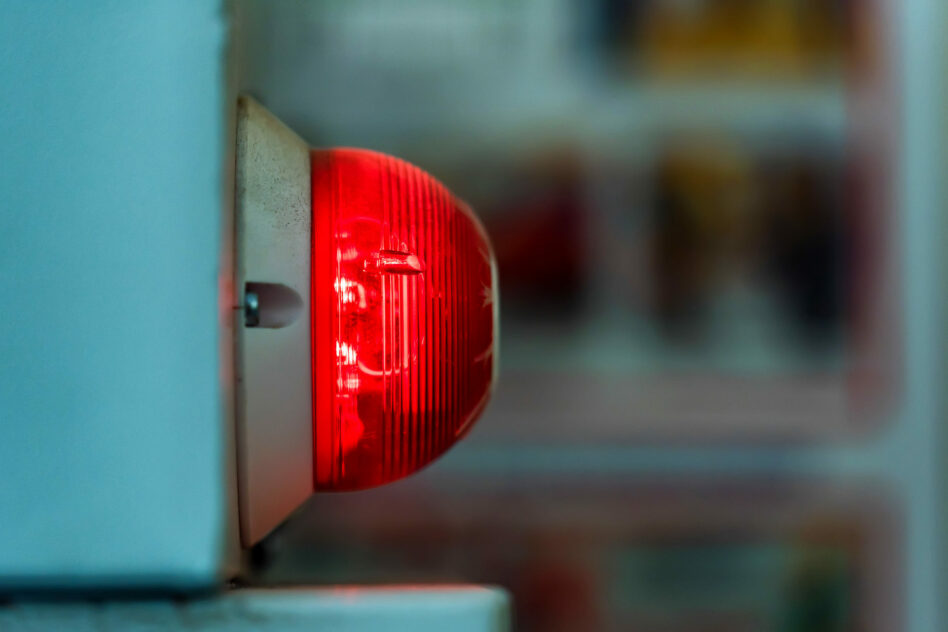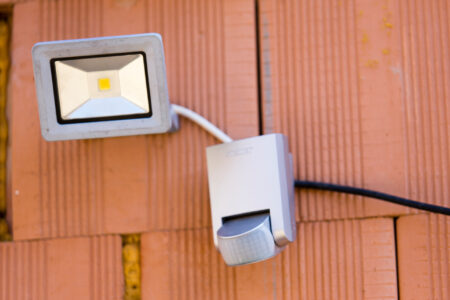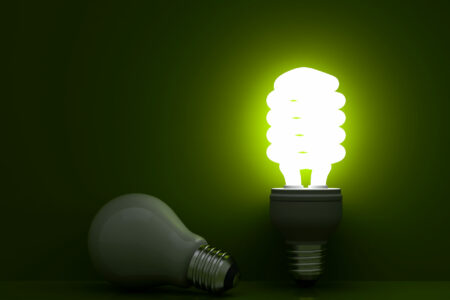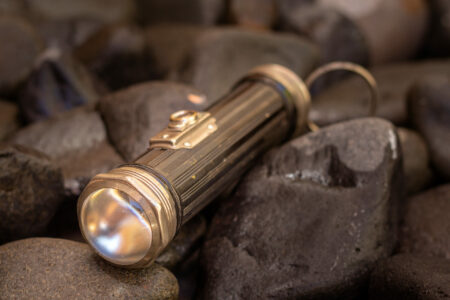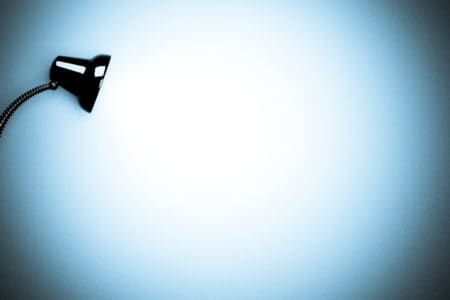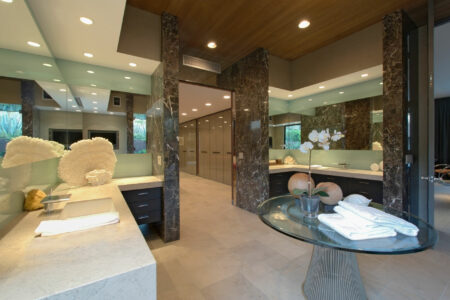Are LED lights any more dangerous than traditional incandescent or CFL bulbs? While they’re energy-efficient and long-lasting, there are discussions about their risks. Let’s take a closer look at their potential risks and benefits.
Are LED Lights Dangerous?
No, LED lights aren’t inherently dangerous compared to incandescent or CFL bulbs. However, they do pose their own set of safety risks. By understanding these concerns, it’s possible to use LED lights safely and effectively.
Safety Concerns of LED Lights
LED lights offer many advantages, such as energy efficiency and a long lifespan. However, some people have expressed concerns about the potential risks associated with their use.
Some safety concerns include blue light emissions, flicker, and possible exposure to EMF radiation. Identifying these issues as potential risks highlights the need to understand and address the safe use of LED lights.
Blue Light Emissions
Blue light has a shorter wavelength and higher energy than other colors of light. Too much exposure to blue light can disrupt our body’s natural sleep cycle. This may cause problems, such as difficulty falling or staying asleep, especially at night.
Additionally, blue light was associated with the possibility of causing eye conditions, such as cataracts and macular degeneration. It’s one reason people are concerned about the blue light emitted by LED lights.
There are some suggestions you can follow to reduce exposure to blue light. First, refrain from using electronic devices an hour before going to sleep. These include phones and tablets.
Second, using the night mode feature on your devices can significantly reduce the amount of blue light emitted. Lastly, consider using LED light bulbs with lower levels of blue light. Alternatively, you can use LED light bulbs with adjustable color temperature settings.
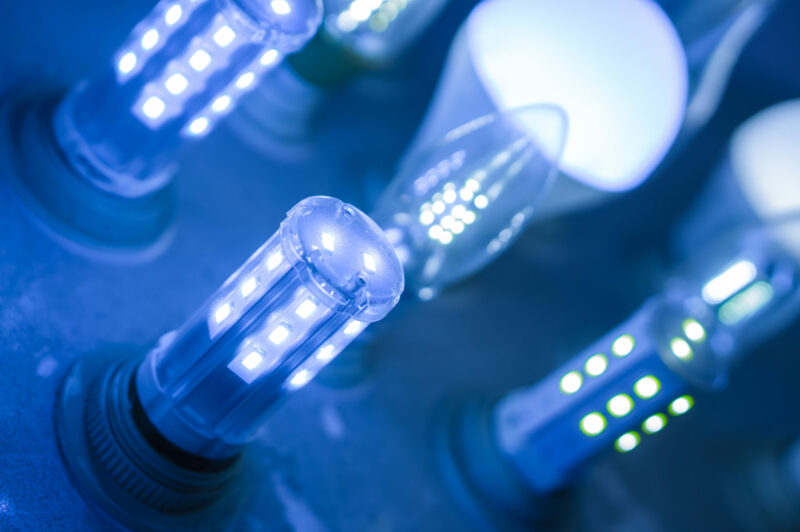
LED Light Flicker
LED light flicker happens when the brightness of the light rapidly fluctuates. This occurs because LED lights run on electricity delivered in pulses rather than a continuous stream. As a result, the light output oscillates at a frequency too fast for our eyes to detect.
While this flicker may not be noticeable to most people, some people who are sensitive to it might experience symptoms. These may include eye strain, headaches, and dizziness.
There are a few things you can do to avoid LED light flickering. The first thing to look for is an LED light bulb advertised as flicker-free or low-flicker. These are specifically made to reduce flicker and produce a more steady and consistent light output.
Another option is to select bulbs that work with your light fixtures and dimmer switches. Using the wrong combination of bulbs and light switches can cause flickering.
Finally, consider using a voltage regulator or power conditioner to stabilize the electrical current going to your LED bulbs. These devices help stabilize the current flowing to your LED bulbs, resulting in a more consistent and flicker-free experience.
EMF Radiation
EMF radiation stands for electromagnetic field radiation, which is a type of radiation produced by electronic devices and other sources of electromagnetic energy. Prolonged exposure to EMF fields can be potentially harmful to human health. LED lights emit low levels of EMF radiation, which are within safety standards.
There are some actions you can take to further reduce your EMF radiation exposure from LED lights. One way to do so is to limit the time spent near LED light bulbs, especially those that emit high blue light levels or are very bright.
Another way is to increase the distance between yourself and the lights. You can do this by using lampshades or placing the lights further from where you spend most of your time. You can also use specialized EMF shielding fabrics, reducing the EMF radiation that reaches you.
Finally, consider LED light bulbs specifically designed to emit lower levels of EMF radiation.
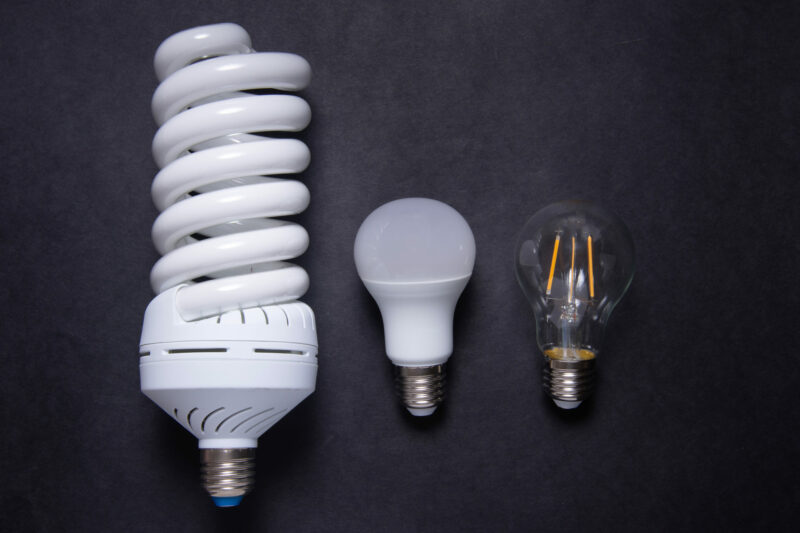
Key Differences of LED, Incandescent, and CFL Bulbs
When choosing light bulbs for your space, safety is a factor for consideration. Let’s take a closer look at the key differences between LED, incandescent, and CFL bulbs:
LED Light Bulbs
- Emit very little heat, lowering the possibility of fires or burns
- Don’t contain any hazardous substances, making them safe to dispose of in the trash
- Release low levels of EMF radiation, which are generally within safety guidelines
- Emit little to no UV radiation, reducing the risk of skin damage
- Some LED bulbs emit blue light, which may disrupt sleep cycles and circadian rhythms
- May flicker at a rapid rate, which can cause headaches and other health concerns
Incandescent Bulbs
- Emit heat, which could pose a safety risk if not handled properly
- Don’t contain any potentially dangerous material, making them safe to discard in the trash
- Emit very low levels of EMF radiation
- Don’t emit blue light
- Don’t emit flicker
CFL Bulbs
- Emit very low levels of heat, reducing the risk of burns and fires
- Emit safe levels of EMF radiation, within safety guidelines
- Contain small amounts of mercury, making them potentially hazardous if the bulb is damaged or not disposed of properly
- May emit blue light, which can cause eye damage
- May emit flicker, which can potentially cause headaches and other health issues
Benefits of LED, Incandescent, and CFL Bulbs
Different types of light bulbs have their own set of benefits. When it comes to lighting your home or workspace, there are several kinds of light bulbs to choose from. Let’s take a closer look at the benefits of LED, incandescent, and CFL bulbs:
LED Light Bulbs
- Energy-saving, using up to 80% less energy than incandescent bulbs
- Long-lasting, with a lifespan of up to 25,000 or more
- Cool to the touch, making them safe to handle
- Can be recycled
- Resistant to shock and vibration, making them ideal for outdoor lighting
- Available in a wide range of colors and color temperatures
- Can be dimmed to adjust the brightness when needed
Incandescent Bulbs
- Widely available and affordable, typically the cheapest type of bulb you can purchase
- Emit a warm, yellow light that some people prefer
- Can be used with dimmer switches to adjust the brightness
- Works with light fixtures, such as lamps and chandeliers
- Turns on instantly, without any delay
CFL Bulbs
- Energy-efficient, using up to 75% less energy than incandescent bulbs
- Have a long lifespan; can last up to 10,000 hours
- Available in a variety of colors and designs
- Contain less mercury than they once did, and can be recycled
- Specialized bulbs can be used with dimmer switches
- Can help reduce carbon emissions and saves money on electricity bills over time
Drawbacks of LED, Incandescent, and CFL Bulbs
While LED, incandescent, and CFL bulbs have their own set of benefits, each type also has drawbacks to consider. Let’s examine the potential disadvantages of each type of bulb:
LED Light Bulbs
- Can be more expensive than other types of light bulbs
- Lower-quality LED light bulbs may produce flicker or have inconsistent color temperatures
- Can still generate a substantial amount of heat if they’re used in enclosed fixtures or have a poorly built heat sink
- May not be compatible with certain dimmer switches
- May emit a harsh and cool light that may not be pleasing to the eye
- May have a delay when turning it on or off
Incandescent Bulbs
- Use a lot of energy, leading to higher energy costs
- Have a shorter lifespan than other light bulbs
- Emit a lot of heat, which can be a potential hazard
- Not environmentally friendly
- Produces a warm and yellow light, which may not be suitable for all applications
CFL Bulbs
- Can be more expensive than incandescent bulbs
- Contain small amounts of mercury, requiring proper disposal measures to prevent environmental contamination
- May emit a harsh and cool light that may not be pleasing to the eye
- Take time to warm up and reach full brightness after turning on
- May require special bulbs to function with dimmer switches
